Hard-boiled eggs. Potatoes, not pasta. How to eat less and not feel hungry
Tackling the obesity crisis is even more urgent in the age of COVID-19. The experts explain how
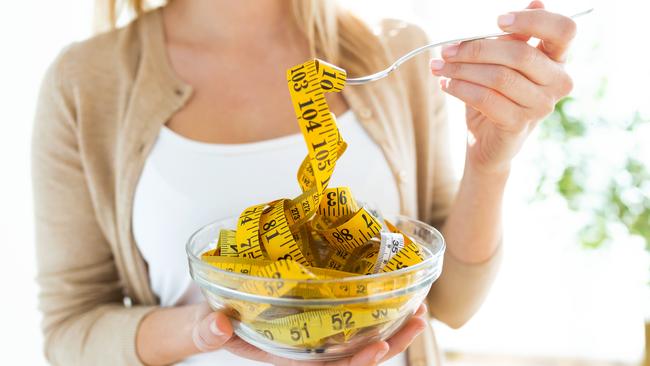
Coronavirus lockdowns are widening waistlines around the world. Britain has gone as far as trying to reduce the severity of COVID-19 symptoms by tackling obesity and effectively putting the nation on a diet.
The question is, how best to go about it? What might make a difference, scientists say, is choosing foods because they make you feel fuller, thereby warding off the desire to succumb to extra calories. And there are surprising tricks of the trade that can lead to eating less.
In a study published last week in the journal Scientific Reports, a team from the University of Leeds School of Food Science and Nutrition reported that the texture of food is often overlooked in diet plans, and yet can have a profound effect on weight loss.
“Eating a food that is more solid and viscous means the degree of what we call oral residence, the time it stays in your mouth, is high,” says Dr Anwesha Sarkar, an associate professor in food colloids at Leeds, and the principal investigator in the study.
“The body understands and recognises this and it triggers feelings of fullness when they are eaten.”
An apple, because it is crisp to bite and requires crunching and chewing is, for example, far more satiating than a fruit smoothie, which in turn, she says, is “more filling than a pure-liquid fruit juice. The trick is to select foods that are going to provide the greatest return in terms of making you feel fuller for longer.”
For the study, Sarkar and her colleagues reviewed 8530 published papers, but found only 23 that looked specifically at the effects of food texture on appetite control.
“There is a significant need for more research in this field. Addressing food texture alone is not the holy grail in tackling the world’s obesity problem,” she says, “but it can definitely make a positive contribution and will have a potentially large effect on some people’s ability to lose weight.”
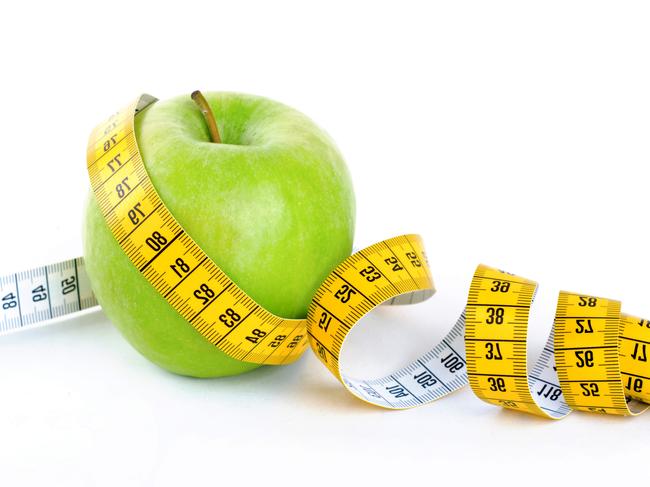
Martin Yeomans, a professor of experimental psychology at the University of Sussex, says human satiety is more complex than consuming enough nutrients or filling up with large volumes of food. How a food looks and feels, and your sensory experience of it, matter as much as its nutrient and energy content when it comes to filling you up.
“Your belief about what you are about to eat affects how the stomach processes that food and the affect it has on appetite,” Yeomans says. “If you give someone a bowl of thick vegetable soup, they think it is going to be filling and it is, so they eat less afterwards. But present someone with a thin, watery beverage that contains the same amount of calories and nutrients as the soup, and the perception of it is different. They will eat more afterwards.”
You can’t expect to lose weight healthily, and keep it off, on a diet of apples and soup, though. There are other, scientifically proven strategies — including some types of exercise — and Yeomans says we should think of them as marginal gains with a cumulatively beneficial effect.
“It is possible to have a very varied diet and still have one which is very filling,” Yeomans says. “The goals are to reduce portion size, increase the level of protein a bit, add more vegetables and to a lesser extent fruit, try to reduce the overall caloric density of the diet and generally adopt a slow and ‘elegant sufficiency’ to eating in a world that promotes doing everything fast.”
Here are the nine golden rules for eating less.
Eat your eggs hard-boiled
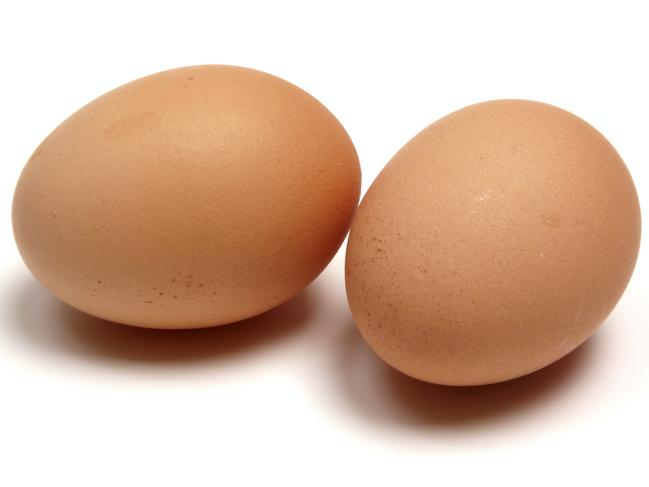
Foods rich in protein, including eggs, have been shown in studies to postpone hunger pangs for several hours.
“The consensus is that protein-rich foods are the most satiating,” Yeomans says. “This is driven partly by the biological nature of protein and how it is processed, and partly because of the texture and savoury flavour we experience in protein-rich foods.”
Protein in eggs has been shown to reduce levels of ghrelin, a hunger hormone produced by the stomach and pancreas. One trial by researchers at the University of Connecticut compared breakfast of porridge with that of two eggs, and found that the eggs left people feeling fuller throughout the day. But how you eat your eggs can have an impact.
“The runnier the egg, the less filling it will be,” Sarkar says. “Eating eggs hard-boiled is the best choice for satiety.”
Swap pasta for potatoes
The humble white spud is surprisingly filling. In a study published last year, children aged 9-14 were given an omelette served with chips, mashed potato or white beans, a control meal of white bread, milk and cereals or asked to skip a meal.
Researchers from Ryerson University in Canada found the mash most effective at increasing satiety, and decreased short-term food intake to almost match the effects of the skipped meal. There have been similar findings in adults.
“Potatoes have been reported to be more satiating than other starchy carbohydrates, such as pasta and rice, which may aid weight control,” says Dr Tracey Robertson, a nutrition scientist who co-authored a review on the benefits of potatoes in the journal Nutrients two years ago.
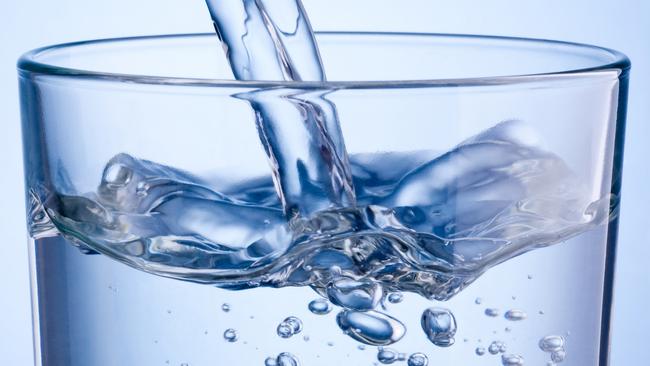
Drink water before meals
It’s not a myth: sipping a glass or two of water before eating can make us feel less hungry. In one study, a group of overweight middle-aged adults who drank 500ml water before each meal lost 2kg more weight over 12 weeks than a group who didn’t take water.
“One plausible explanation for this is that this water pre-loading delays gastric (stomach) emptying,” says Alex Ruani, a researcher in nutrition science at University College London. “Put simply, the food hangs in our stomach for longer, so our feeling of fullness may persist after eating, curbing further food intake.”
Consume 30g fibre a day
Yes, fibre is bulky and fills you up — and helps to prevent overeating.
“Wholegrain foods like seedy breads give us greater sensory stimulation per bite, which may enhance satiation,” Ruani says.
And because we have to chew each bite for longer than processed foods, this repeated effort bite after bite may accelerate the “stop eating” signal in the brain.” That’s not all.
“Two important compounds, propionate and butyrate, are produced in the intestines when dietary fibre is fermented by gut bacteria,” Ruani says.
“These two by-products of fibre fermentation have the power to trigger the production of appetite-suppressant hormones GLP-1 and PYY.”
Most of us consume too little fibre. Get more from fruit, vegetables, wholegrains, pulses, nuts and seeds.
Eat plain Greek yoghurt
In trials at the University of Sussex, Yeomans found that thick, creamy ones were more filling, provided that they had adequate nutrient content, particularly protein. Which is why, he says, “most people find Greek yoghurt much more filling than other forms”.
However, diet yoghurts designed to look and taste like Greek yoghurt might not be as filling as the real thing.
“Consuming something that tastes thick and creamy, but is actually low in calories does not work, and can be counterproductive,” Yeomans says.
“The simple way to explain this would be that the creamy and thick cues make you expect nutrients and so your body gets ready to process them, but the nutrient content is then less than expected and so leaves a “hunger gap”.
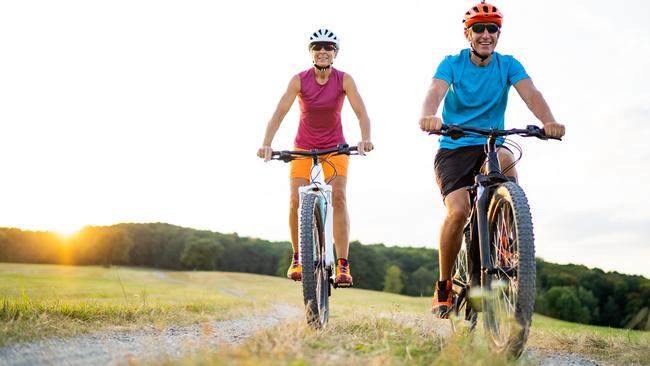
Cycle rather than swim
In a study published last week, sports scientists at Loughborough University reported that cycling decreases appetite, whereas swimming tends to make people want to eat more. The food intake of male and female recreational swimmers and scientists were recorded after periods of 60 minutes of swimming, 60 minutes of cycling or resting. Results showed that people ate an average of 142 calories more during the swimming trial — the equivalent of a 25g packet of chips or two digestive biscuits — compared with the control (rest) trial, but did not eat more after cycling. The lead author, Dr James King, said: “It is not fully understood why swimming has this appetite-stimulating effect,” but one reason could be changes in brain signals and neurotransmitters, the chemicals that carry messages between nerve cells.
“This is plausible because there are specific regions of the brain linked to appetite and reward,” King says. “Swimming might stimulate these areas and influence appetite and eating behaviours.”
Slow down
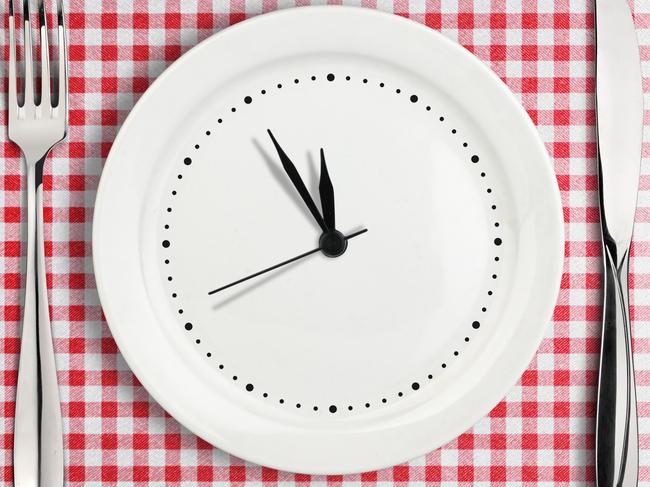
Eat a meal slowly and you will feel fuller and believe that you have eaten more than someone who gobbles down the same meal at breakneck speed. This was demonstrated by a team at the University of Bristol, who showed that slow eaters overestimated how much they had eaten — guessing that on average they had eaten 108ml more soup than a fast-eating group.
“A key idea is to maximise the exposure to food in your mouth as the evidence is that the longer you experience the sensory cues while eating, the more satisfied and full you feel,” Yeomans says. “So learning to eat slower, savouring every mouthful, and taking notice of the food all work.”
Don’t chat while you eat
Eating while distracted — at your desk, while chatting or walking — can influence your appetite.
“We will shortly publish a study showing very clearly that if you are fully engaged in a complex task while consuming something, you lose the ability to respond to differences in nutrient ingestion, at least in a snack context,” Yeomans says.
Another paper, published in the Journal of Health Psychology, by researchers from the University of Surrey found that eating while walking triggered more overeating than eating in front of the TV or having a meal while having a conversation with a friend did, but none of these behaviours is recommended.
“It appears that the brain doesn’t fully encode the pleasantness of each bite when we are distracted,” Ruani says. “Usually the reward value of food decreases as we take in more and more mouthfuls, but that reduction in pleasantness doesn’t happen during distracted eating, delaying fullness signals and potentially making us eat more.”
Eat more mushrooms
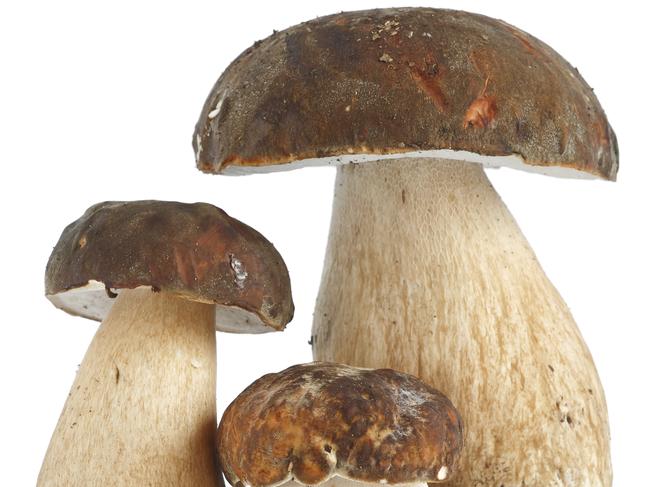
Eating mushrooms for breakfast or substituting meat for mushrooms in other meals can fill you up, according to researchers at the University of Minnesota, who reported their findings in the journal Appetite.
They found that people given 425g of white button mushrooms in the morning for 10 days reported feeling significantly less hungry and ate less in the hours after eating the mushrooms compared with those given the same relative quantity of beef.
“Mushrooms contain a variety of fibres, including resistant starch and mycoprotein, that are very hard for the body to process and which may increase gastric distention (or expand your stomach) and slow gastric emptying, which promote satiety,” Ruani says.
The Times



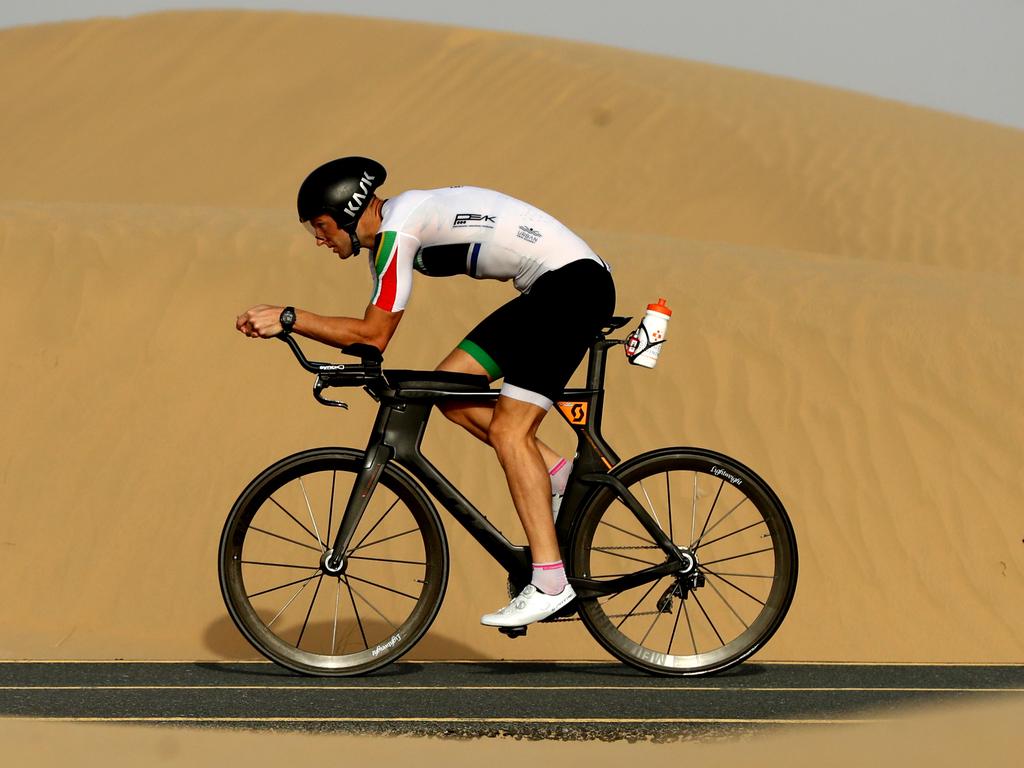



To join the conversation, please log in. Don't have an account? Register
Join the conversation, you are commenting as Logout